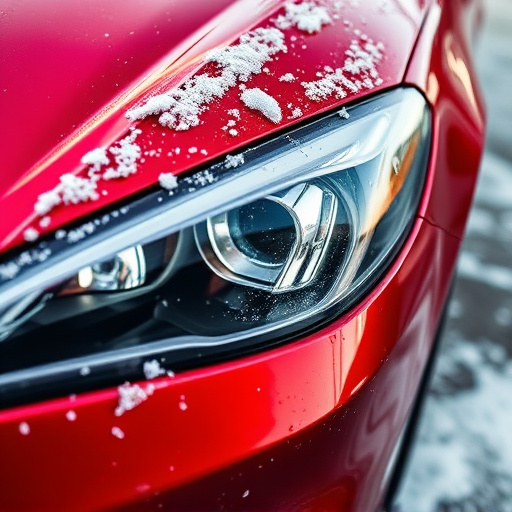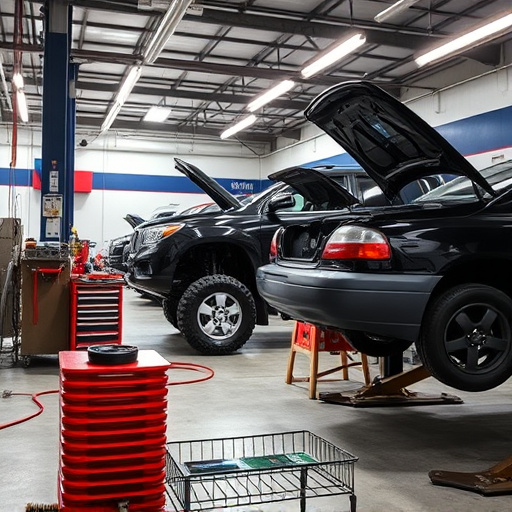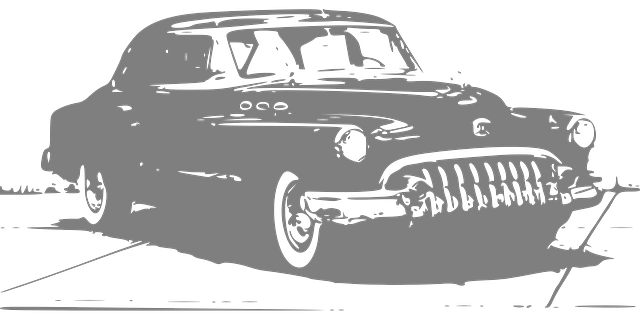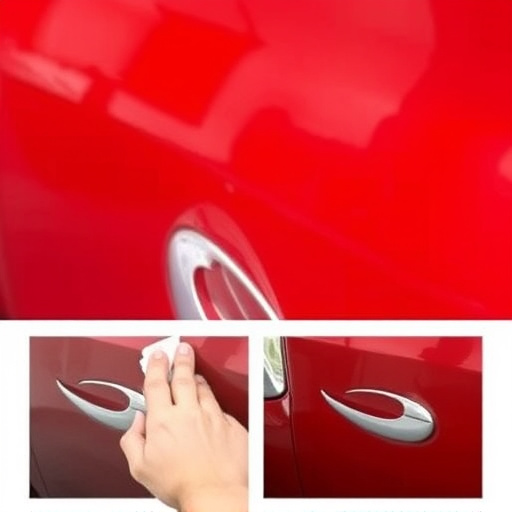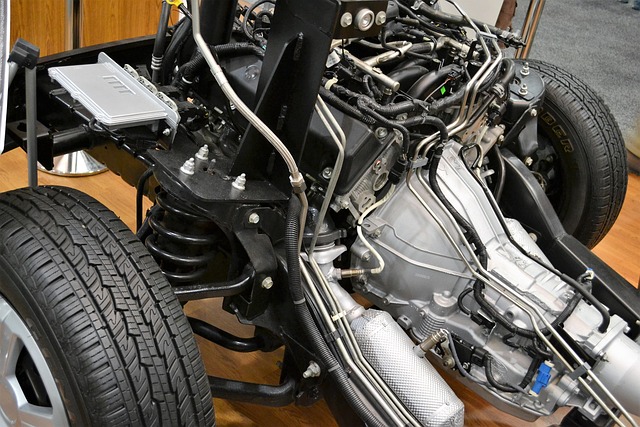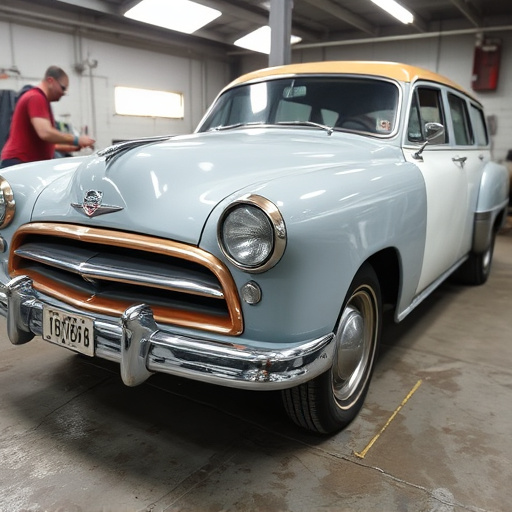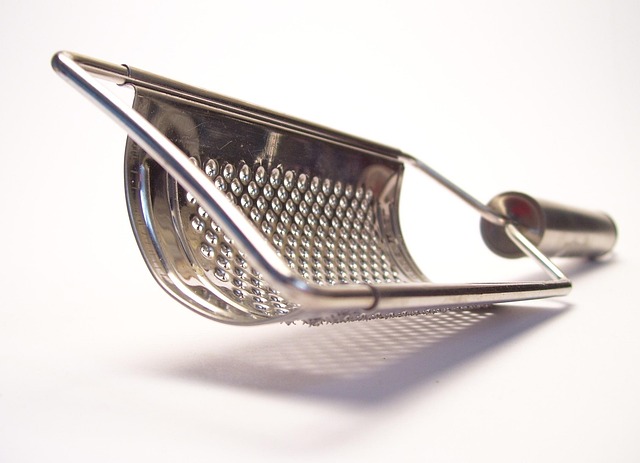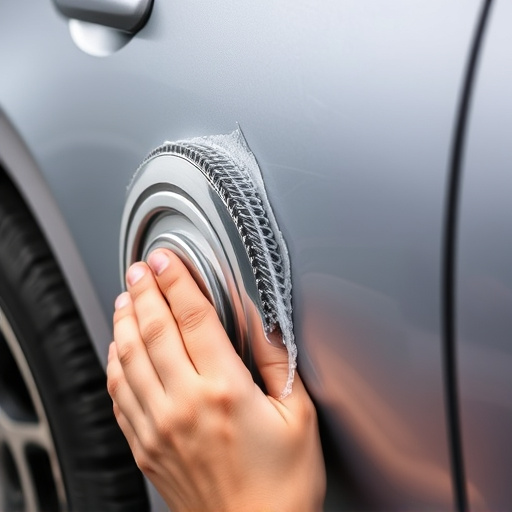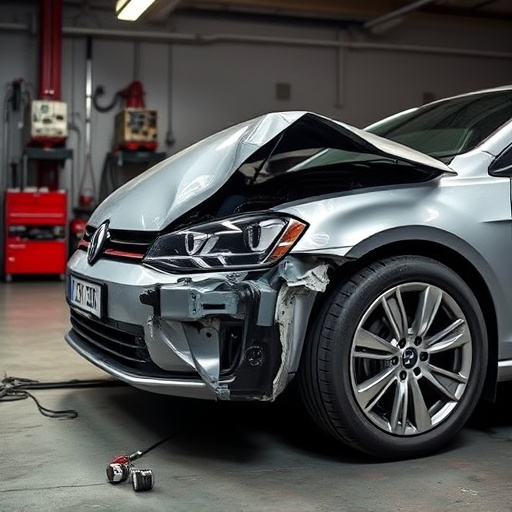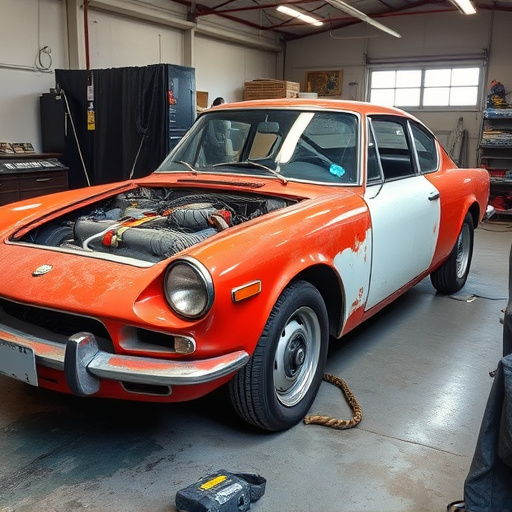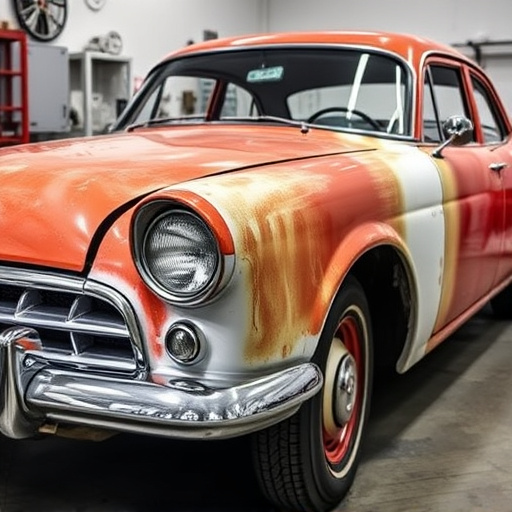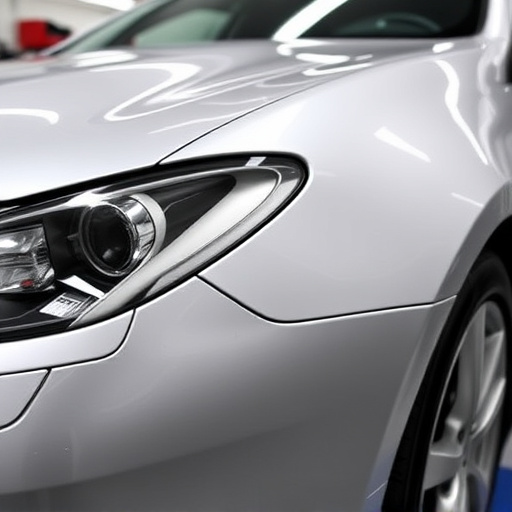Model Y body damage repair demands specialized expertise due to electric vehicle (EV) unique construction and advanced materials. It involves meticulous exterior inspection, skilled PDR techniques, and precise tool use to preserve aesthetics and functionality. Qualified body shops with fleet repair services ensure accurate damage assessment, structural integrity, and safety through rigorous quality control testing using EV-specific tools. Strict standards guarantee customer satisfaction and Model Y vehicle performance after repairs.
In today’s electric vehicle landscape, proper Model Y body damage repair is paramount to maintaining these advanced vehicles’ structural integrity and safety. This article delves into the best practices for repairing Model Y body damage, focusing on assessment techniques, effective repair methods specifically tailored to EV panels, and stringent quality control measures. By following these guidelines, technicians can ensure superior repairs that preserve the vehicle’s performance and value.
- Understanding Model Y Body Damage Assessment
- Safe and Effective Repair Techniques for EV Panels
- Quality Control and Testing After Electric Vehicle Repairs
Understanding Model Y Body Damage Assessment
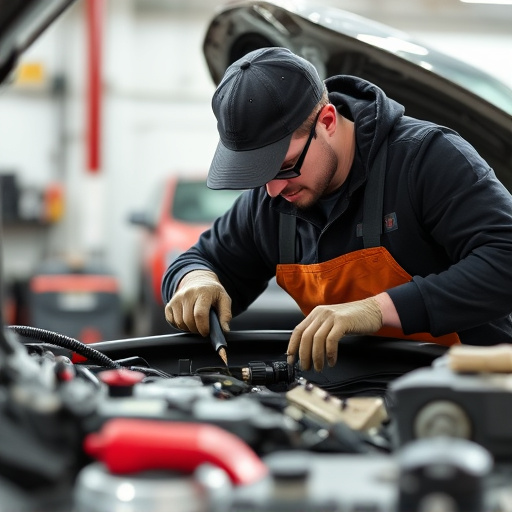
Assessing Model Y Body Damage involves a meticulous process tailored to electric vehicles’ unique construction and components. Start by thoroughly inspecting the exterior for dents, scratches, or any signs of impact. Electric vehicle bodies often feature advanced materials and designs, so specialized tools and expertise are essential for accurate damage evaluation.
Consider the vehicle’s intricate systems, such as battery packs and charging ports, which require careful handling during repair. Engaging a qualified vehicle body shop offering fleet repair services ensures that every aspect of Model Y body damage is accurately assessed and repaired, ensuring the vehicle’s structural integrity and safety.
Safe and Effective Repair Techniques for EV Panels
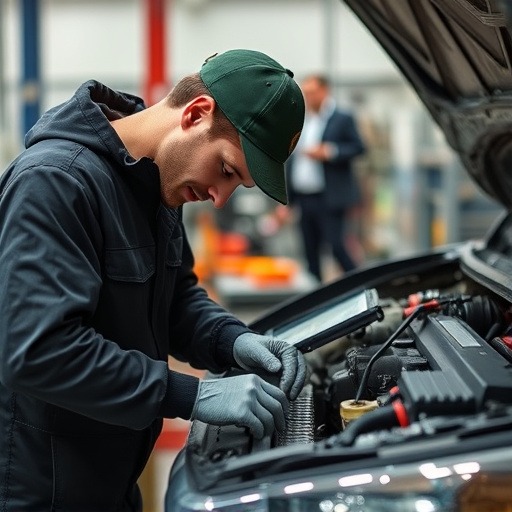
When repairing body damage on an electric vehicle like the Model Y, it’s crucial to employ safe and effective techniques that are specifically tailored for EV panels. Unlike traditional internal combustion engine vehicles, EVs have unique structural and material considerations. The use of advanced materials, such as lightweight composites and aluminum alloys, necessitates specialized tools and knowledge. For instance, paintless dent repair (PDR) techniques are often preferred due to their non-invasive nature, which helps preserve the original factory finish.
Collision damage repair for EVs also demands meticulous attention to detail, especially when dealing with intricate panel designs. Skilled technicians utilize advanced equipment and precision tools to accurately measure and replace damaged parts, minimizing disruption to the vehicle’s electrical systems. Additionally, proper training in vehicle paint repair is essential to ensure color matching perfection, maintaining the EV’s aesthetic appeal and resale value.
Quality Control and Testing After Electric Vehicle Repairs
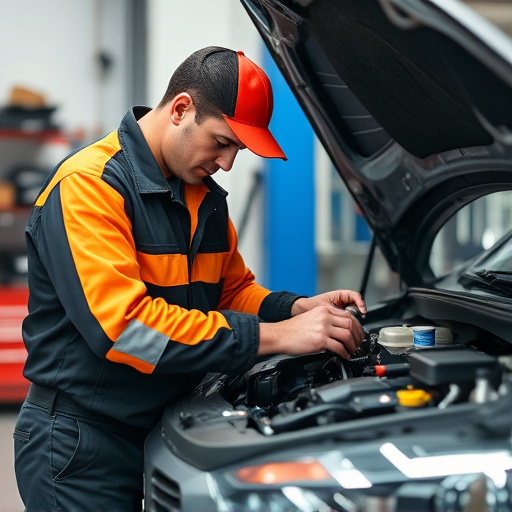
After completing Model Y body damage repairs, rigorous quality control and testing are paramount to ensure the vehicle’s safety and performance. This process involves meticulous inspections using advanced diagnostic tools specific to electric vehicles (EVs). Every repair, from frame straightening to panel replacement, is scrutinized to guarantee alignment accuracy, structural integrity, and optimal electrical system functionality.
Testing procedures may include dynamic checks to assess handling and braking, as well as static evaluations focusing on the electrical system’s integrity and battery performance. These comprehensive assessments are crucial in identifying any discrepancies that could have arisen during the repair process. By upholding strict quality control standards, auto repair services for Model Y vehicles ensure customer safety and satisfaction.
Electric vehicles, like Tesla’s Model Y, present unique challenges in body damage repair due to their advanced engineering. Adhering to best practices, including thorough assessment, innovative repair techniques tailored for EV panels, and stringent quality control testing, ensures these vehicles return to service safely and effectively. For optimal results, professionals should stay updated on industry standards and specialized training for electric vehicle repairs.
